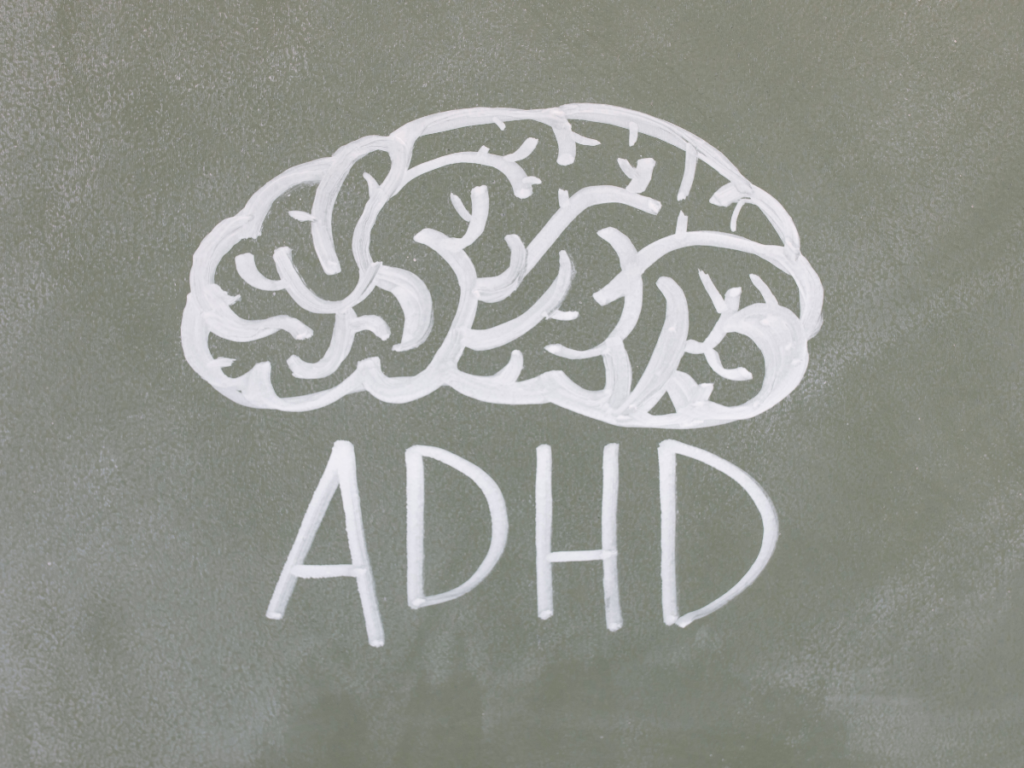ADHD is a broad spectrum diagnosis, and comes with different ADHD types. I fall under the presentation of combined ADHD. My son also presents with some of the characteristics of both. He was diagnosed when he was 8, I was diagnosed at 45. There is a very strong genetic compoinent to ADHD and we have confirmed ADHD on my husband’s side of the family and suspected ADHD on my side of the family.
What is ADHD?

Attention-Deficit/Hyperactivity Disorder (ADHD) is a neurodevelopmental disorder that affects individuals’ ability to regulate their attention, impulsivity, and hyperactivity. ADHD is not a one-size-fits-all condition; it presents in various subtypes, each with its distinct characteristics and challenges.
What are the ADHD types?
1. Predominantly Inattentive Presentation (ADHD-I)
Individuals with Predominantly Inattentive Presentation, often referred to as ADHD-I, struggle predominantly with attention-related issues. They may have difficulty focusing on tasks, organizing activities, and paying attention to details. Key characteristics of ADHD-I include:
- Inattention: Individuals with ADHD-I have trouble sustaining attention, becoming easily distracted by unrelated stimuli. They may struggle to follow through on tasks, listen when spoken to directly, and often make careless mistakes.
- Disorganization: Organizing tasks, time management, and maintaining order are challenging for those with ADHD-I. They may frequently lose essential items and have difficulty completing multi-step tasks.
- Forgetfulness: Forgetfulness is a common feature of ADHD-I. Individuals might forget appointments, chores, and obligations, causing disruptions in their daily lives.
2. Predominantly Hyperactive-Impulsive Presentation (ADHD-HI)
ADHD-HI is characterized by prominent hyperactivity and impulsivity symptoms, with relatively less inattention. Individuals with this subtype tend to be restless, fidgety, and have difficulty staying seated or quiet when expected. Key characteristics of ADHD-HI include:
- Hyperactivity: Hyperactive behaviors manifest as constant motion, restlessness, and an inability to stay still. This can lead to difficulties in situations that require sustained attention, such as classroom settings.
- Impulsivity: Impulsivity involves acting without considering the consequences, leading to interruptions in conversations, impatience, and difficulty awaiting one’s turn.
- Risk-taking: People with ADHD-HI might engage in risky behaviors without fully understanding the potential dangers, often due to their impulsive nature.
3. Combined Presentation (ADHD-C)
The Combined Presentation of ADHD, commonly known as ADHD-C, is the most prevalent subtype. Individuals with ADHD-C experience a combination of inattention, hyperactivity, and impulsivity. Their symptoms may vary in intensity and can significantly impact daily functioning. Key characteristics of ADHD-C include a mix of the symptoms seen in both ADHD-I and ADHD-HI subtypes.
ADHD can present itself very differently from person to person and boys/males often present their symptoms in ways that girls/women don’t and vice versa.
If you suspect you or your child has ADHD or it has been suggested to you, it’s worth looking into getting a diagnosis, so you can confirm what ADHD types you might fall under and then be able to get the support you need but diagnosis wait times in the UK are longer and harder to get at this time.
However, you can get a lot of information and support here and there are also plenty of ways to adjust to life whilst you wait.
You can follow our instagram where we share bits of ADHD life and feel free to reach out to me there too, if you want to ask questions or chat about what you might be facing.
My mantra is “ADHD is a diagnosis, not a life sentence”. Hopefully finding out the information you might need for yourself or a loved one, will help you to believe that too.